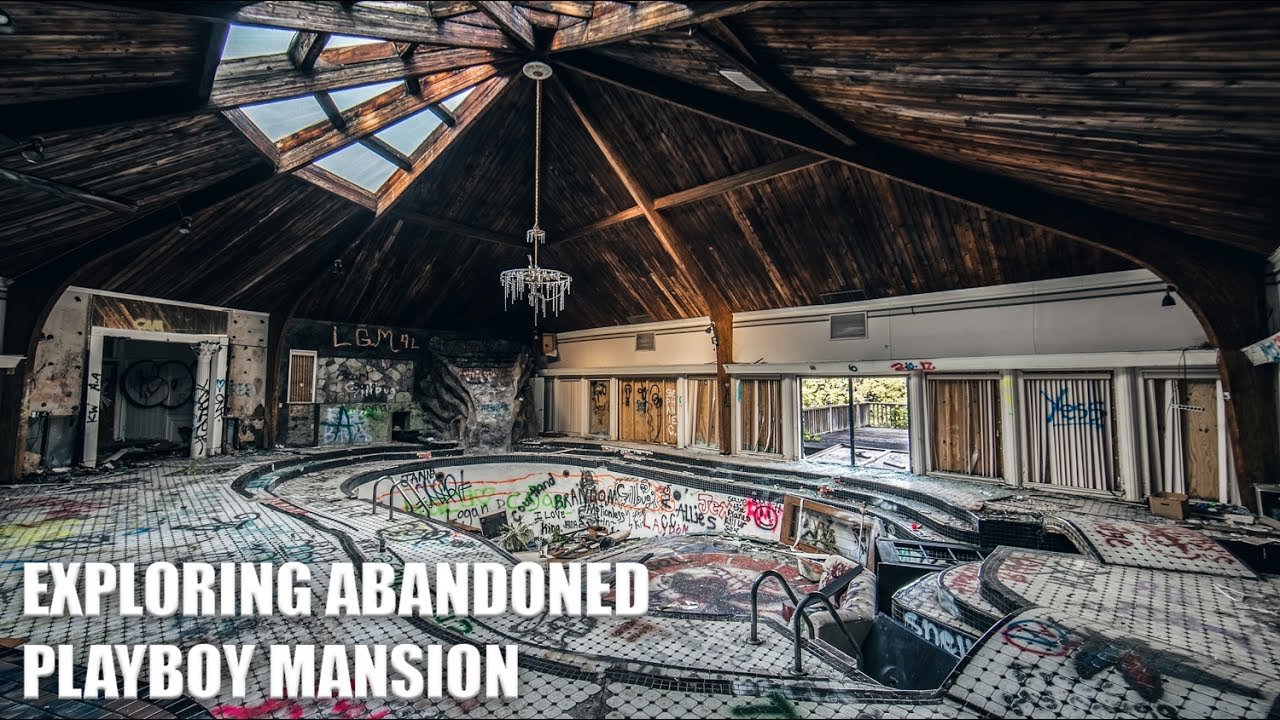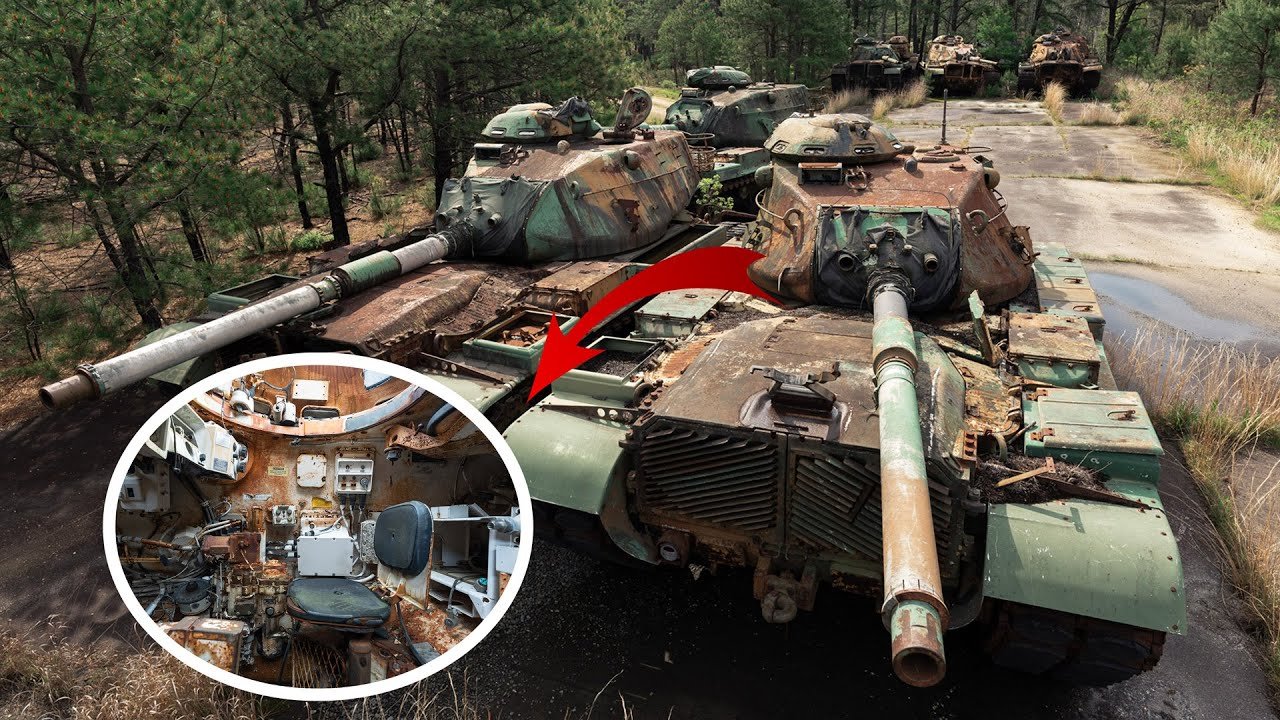Dealing with error code 526 can feel like you’re stuck in a traffic jam during rush hour, unable to get where you want to go. It signals an SSL handshake failure between Cloudflare and your origin server, causing headaches for visitors trying to access your site securely. So, let’s dive in and untangle this web of SSL issues!

Pontos principais:
- Understanding Error Code 526: This error indicates a snag during the SSL handshake process—basically, your server and Cloudflare aren’t seeing eye to eye.
- Common Causes: Misconfigured SSL settings can lead to this pesky error. If your SSL certificate is outdated or improperly set up, visitors will be met with a roadblock.
- Fixing the issue: You’ll need to address your SSL settings, test to make sure everything’s humming along, and if all else fails, reach out to your hosting provider for a little extra help.
Now, I’ve found that **understanding** error code 526 is like learning a new dance. Once you get the steps down, it’s a smooth groove—let’s break it down together.

What is Error Code 526?
Error code 526 is essentially a red flag waving furiously at you from the SSL handshake department. This occurs when there’s a failure between Cloudflare, a content delivery network, and your origin server. You can think of it like your friend at a party not realizing you were trying to do the electric slide together—all that miscommunication is just no good!

Common Causes of Error Code 526
Alright, let’s put on our detective hats. There are several culprits behind this sneaky error that can pop up. Most commonly, it all comes down to **misconfigured SSL settings**. If your server is set up for HTTPS but there’s no proper SSL certificate in place, that’s a recipe for disaster. You’ll see this behavior more often than a kid sneaking cookies before dinner.
SSL Configuration Issues
You may have heard that an ounce of prevention is worth a pound of cure, and this holds true for SSL configuration. Not having a valid or updated SSL certificate? That’s like trying to make a cake without eggs—it’s just not gonna rise the right way. Many web hosts provide instructions for SSL setup, but if you’re not sure, it might feel like trying to read the instructions on a looky-loo assembly kit—confusing as all get out!

How to Check SSL Settings
Checking your SSL settings is easier than finding a needle in a haystack if you know where to look. There are several tools you can use to verify your SSL status. Websites like SSL Labs’ SSL Test can provide a thorough breakdown of your settings. If errors pop up, it’s time to roll up your sleeves and get to work addressing them. Remember, no one wants to walk into a party with mismatched socks, and the same goes for your SSL settings!

Fixing the Error Code 526
Once you’ve diagnosed the issue, fixing error code 526 can be a bit like rearranging your furniture—it might take some trial and error, but you’ll get it right eventually. Start with verifying that your SSL certificate is valid and properly installed. If it isn’t, you need to renew it. Just like a toddler throwing a tantrum, you can’t ignore the problem—trust me, it won’t just go away!
Using the Right SSL Certificate
Using the correct SSL certificate is critical. It’s like picking the right pair of shoes for a marathon—go for the wrong ones, and you’ll be limping by mile two. If you’re uncertain, it’s always wise to consult with your hosting provider. They can guide you toward the best practices, ensuring you’re not left shoeless in the middle of the race. Look for reputable providers; cheap isn’t always cheerful when it comes to SSL!
Testing Your Website After Fixes
Now comes the moment of truth! After you’ve jumped through the necessary hoops, testing your website is a must. Use tools like Browsershots or Pingdom to see how your site behaves under different conditions. It’s like sending your buddy out for a test drive after you’ve tinkered with the engine—fingers crossed it doesn’t stall! Keep an eye out for error codes that might still pop up. If all is well, congratulations; you’ve just grown your SSL skills a notch or two!
When to Contact Your Hosting Provider
But what if you followed the steps and still find yourself lost at sea with error code 526? Sometimes, it’s best to toss in the towel and call in the pros. Don’t be shy about reaching out to your hosting provider. They’re your safety net, ready to save the day when SSL configurations go haywire. Think of it like asking a more experienced fish for directions when you’re floundering in uncharted waters; they’ll have the answers you need!
Conclusion
So, whether you tackle error code 526 like a pro or feel a few bumps along the way, just know you’re not sailing this ship alone. I’ve been in the same boat—trust me; these errors can be as annoying as a fly at a picnic. Remember the steps we discussed, and don’t hesitate to reach out for help when needed. A well-configured SSL is your ticket to safely secured user experience, without a care in the world or a traffic jam in sight!






















